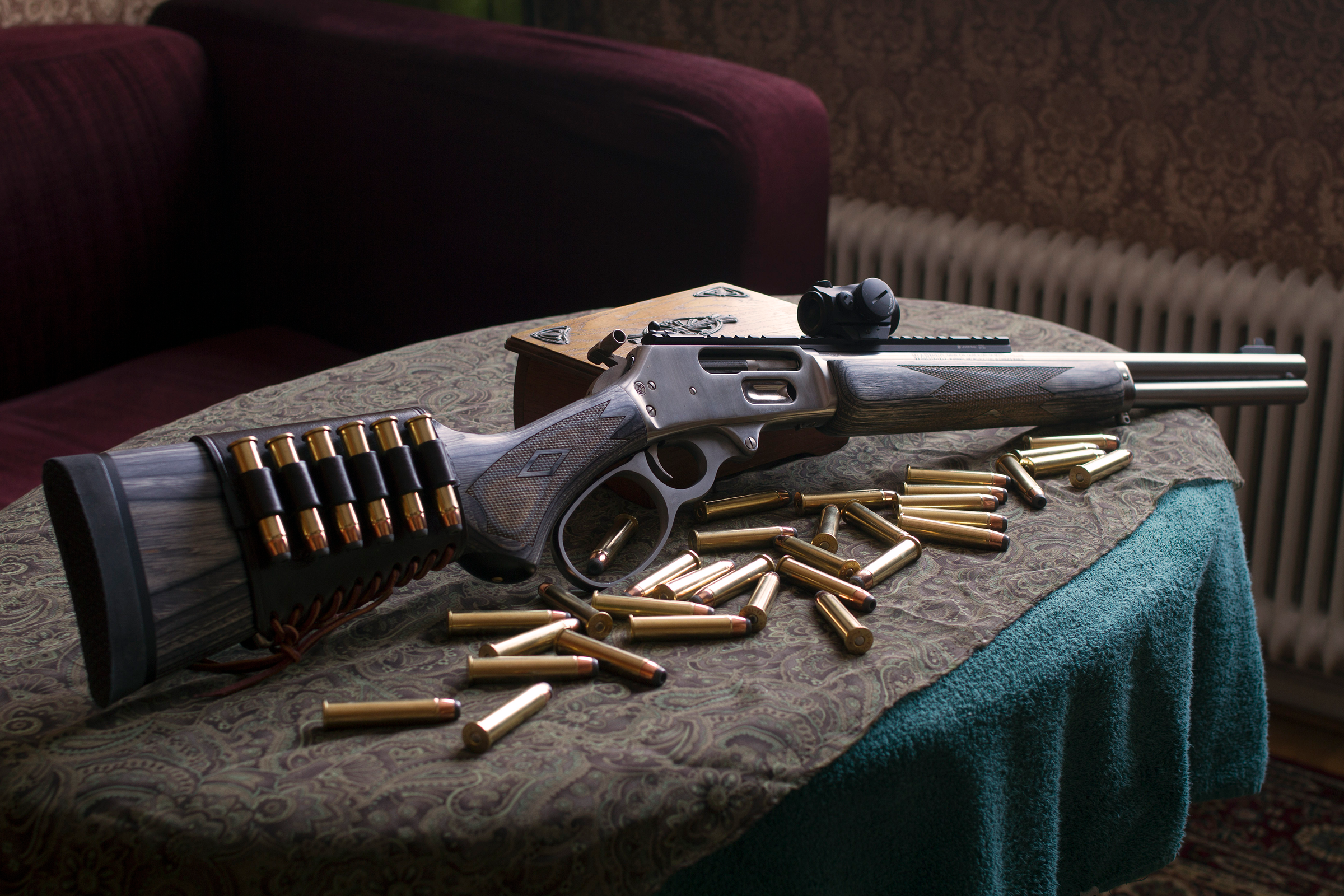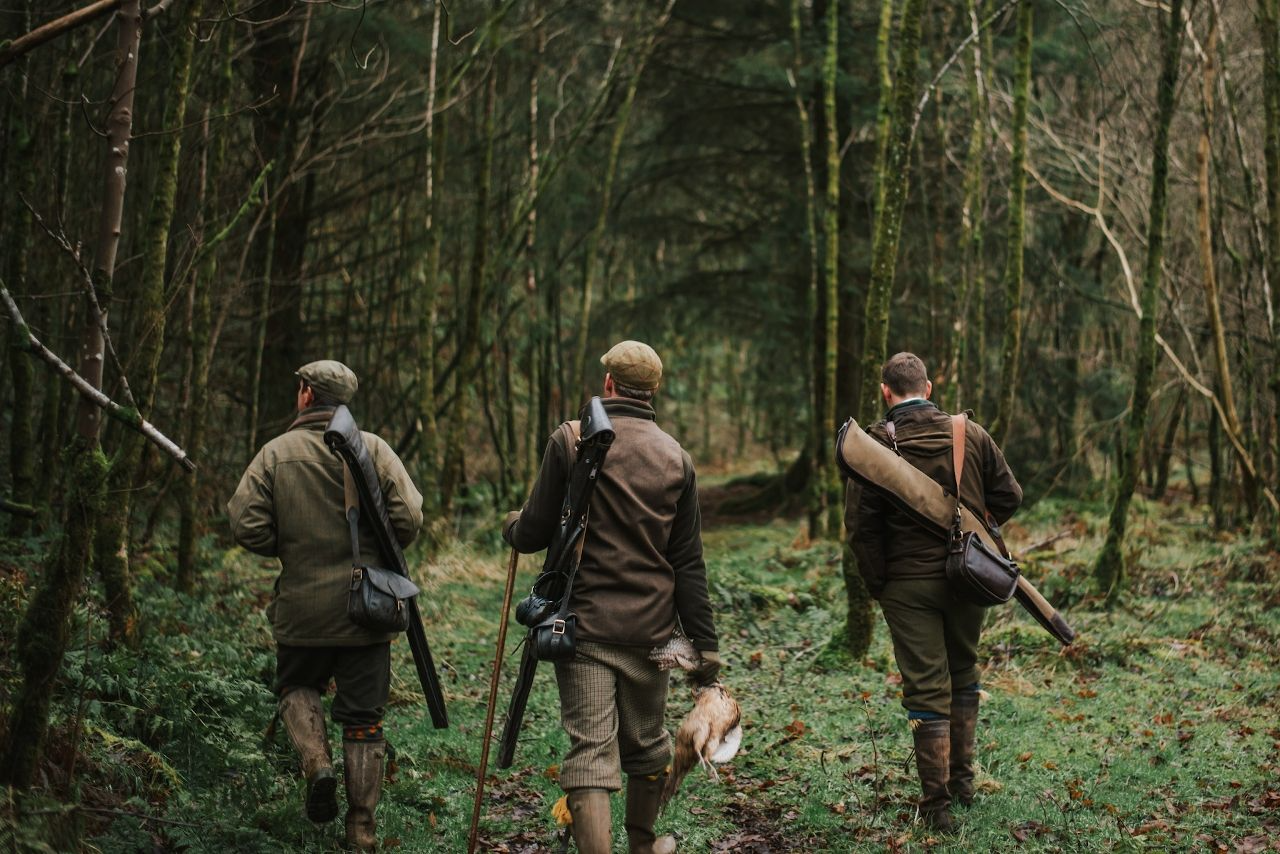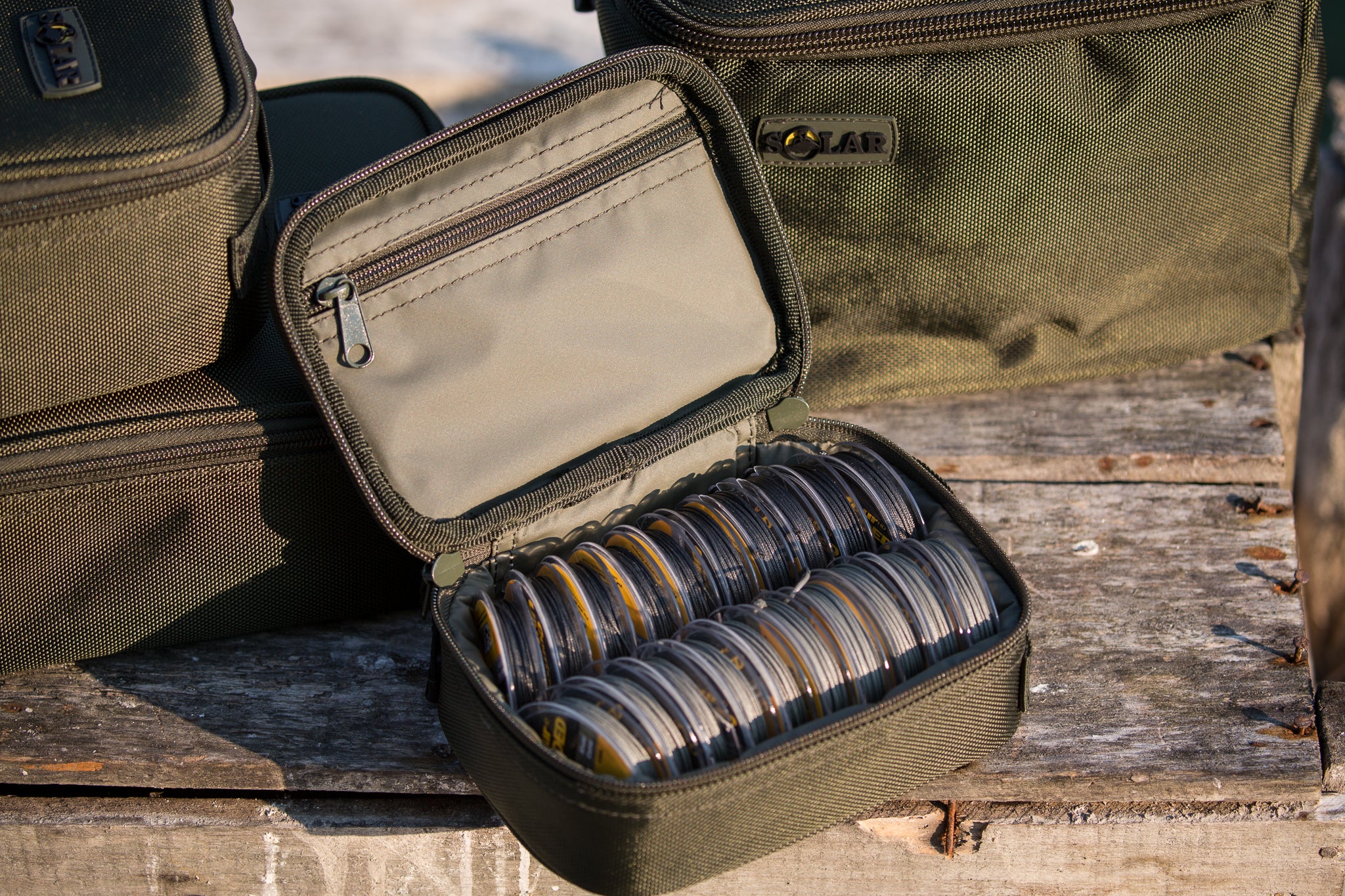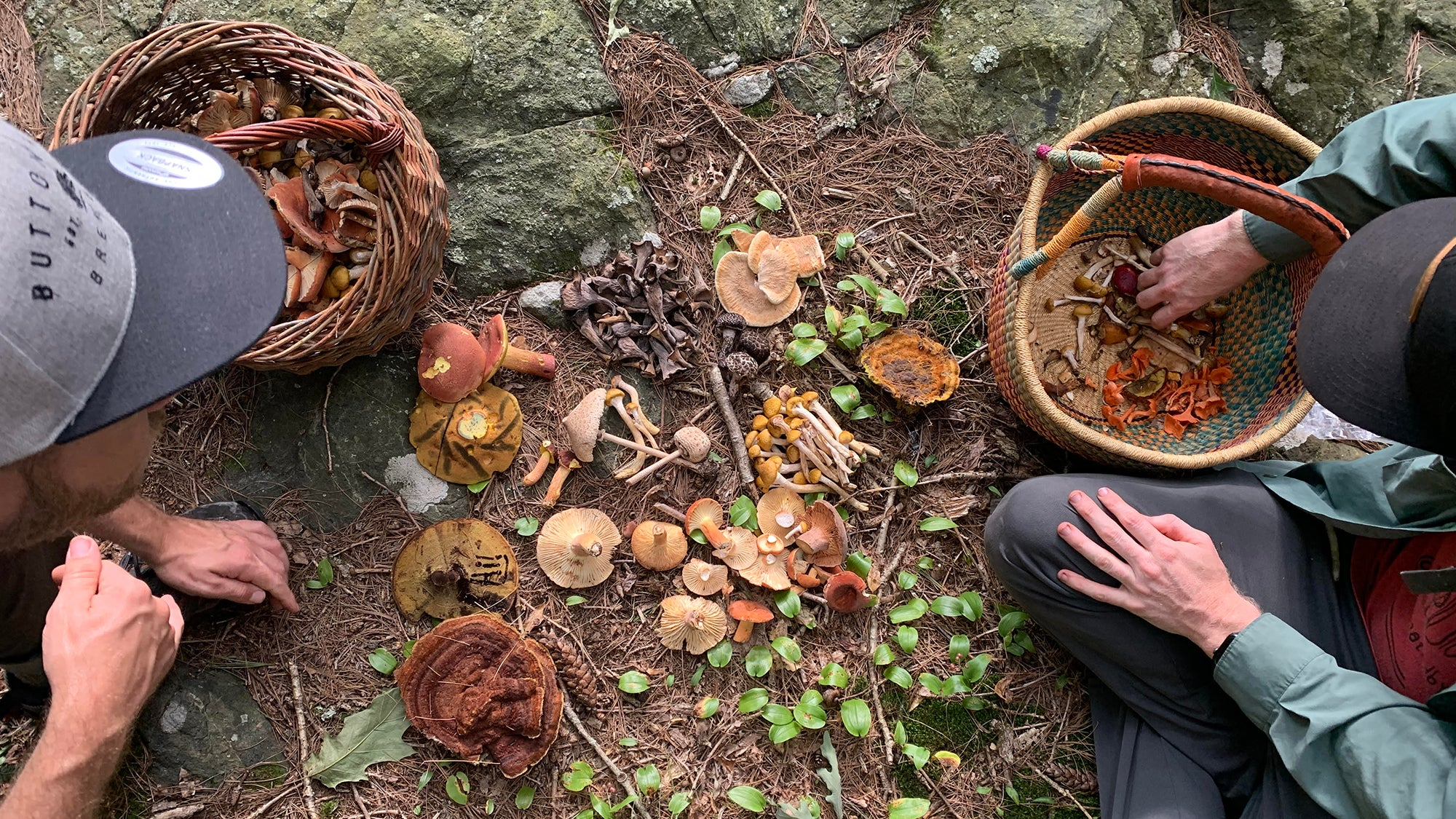Carp fishing for beginners

Carp fishing is the fastest growing form of freshwater fishing. And in this blog we want to share with you some tips about carp fishing for beginners.
Carp fishing for beginners
Carp are highly-prized coarse fish and fishing for them is a roller coaster ride of emotions. Carp are wise, cunning and put up a heck of a fight, which is exactly what makes it such a thrill when you land one.
If you are a carp fishing beginner, it is easy to become overwhelmed with all the information, equipment and tactics involved when you first start.
This guide will help to give you an idea of what you need to consider and what steps are to be taken before you head out for your first session.
In addition, You’ll find some suggestions on gear for a great carp fishing setup for beginners to use and slowly upgrade over time.
If you are a carp fishing beginner, it is easy to become overwhelmed with all the information, equipment and tactics involved when you first start.
This guide will help to give you an idea of what you need to consider and what steps are to be taken before you head out for your first session.
In addition, You’ll find some suggestions on gear for a great carp fishing setup for beginners to use and slowly upgrade over time.
Decide where to fish
The possibilities are endless with carp fishing. You can fish anywhere from still water to rivers, lakes, and streams. In addition, there are numerous commercial fisheries that allow carp fishing.
However, as a beginner, not every fishing site is best suited for your level of skills.
Carp grow bigger and become wiser as they age so going straight to a specimen lake may not be the best idea. Fishing larger lakes, in general, also tend to be more difficult since you have to put more effort into finding and attracting the fish.
Therefore, beginners should begin with smaller 3-5 acre lakes and those with large stocks of smaller fish. Don’t be put off by this, many of these kind of lakes will still stock many carp in the 20 lbs region and some 30’s as well.
Before you fish, you need to take a look at the rules of the area or fishery to determine what permits you’ll need and if there are any equipment restrictions.
However, as a beginner, not every fishing site is best suited for your level of skills.
Carp grow bigger and become wiser as they age so going straight to a specimen lake may not be the best idea. Fishing larger lakes, in general, also tend to be more difficult since you have to put more effort into finding and attracting the fish.
Therefore, beginners should begin with smaller 3-5 acre lakes and those with large stocks of smaller fish. Don’t be put off by this, many of these kind of lakes will still stock many carp in the 20 lbs region and some 30’s as well.
Before you fish, you need to take a look at the rules of the area or fishery to determine what permits you’ll need and if there are any equipment restrictions.
Choose the right equipment
The next step is selecting the right carp fishing gear for a beginner angler. A number of factors can come into play when selecting your fishing equipment and it is difficult to know whether to go cheap or go all out and spend the big bucks. For most of a beginner’s setup, the truth actually lies somewhere in between.
Everybody’s budget and needs are different, which means it helps to know a bit about why you might choose one item over another.
Everybody’s budget and needs are different, which means it helps to know a bit about why you might choose one item over another.
Carp fishing gear
Rods
When it comes to selecting rods for carp fishing, there are two main deciding factors; rod test curve and rod length.
The test curve refers to the weight needed to compress the rod tip to a 90-degree angle to the butt when the butt is held horizontally.
Generally, a higher test curve rod, say 4.5 lb, generates more speed. In addition, it can send the bait a longer distance than a lower test curve of say 2.5 lb.
A higher test curve means stiffer rods but flexible rods also act as a cushion against hard-running carp. So, there is a bit of compromise between extra casting speed plus distance and cushion when playing a fish.
A recommended test curve for most beginners would be around that 2.5 to 3.0 lb mark.
When it comes to rod length, generally longer rods are considered better for casting distance. However, they do require more skill and control to handle properly. For beginners fishing in smaller lakes, I would suggest going for 10-12 ft rods.
The test curve refers to the weight needed to compress the rod tip to a 90-degree angle to the butt when the butt is held horizontally.
Generally, a higher test curve rod, say 4.5 lb, generates more speed. In addition, it can send the bait a longer distance than a lower test curve of say 2.5 lb.
A higher test curve means stiffer rods but flexible rods also act as a cushion against hard-running carp. So, there is a bit of compromise between extra casting speed plus distance and cushion when playing a fish.
A recommended test curve for most beginners would be around that 2.5 to 3.0 lb mark.
When it comes to rod length, generally longer rods are considered better for casting distance. However, they do require more skill and control to handle properly. For beginners fishing in smaller lakes, I would suggest going for 10-12 ft rods.
Reels
There are a number of types of fishing reels. For carp fishing, there are 2 main types you’ll find: free spool reels/baitrunners and big pit reels.
For easy understanding, baitrunners tend to be smaller reels that are simpler to use and are more beginner-friendly when it comes to switching between drag settings. They also feature a clever and handy free-running spool mechanic.
Big pit reels, on the other hand, are bigger reels and offer greater casting distances. But, they require a little more skill to get the best out of them.
For beginners, baitrunners are a very popular and for good reason. This is because they provide better control, are usually lighter and feel more balanced on the suggested lower test curve rods.
For easy understanding, baitrunners tend to be smaller reels that are simpler to use and are more beginner-friendly when it comes to switching between drag settings. They also feature a clever and handy free-running spool mechanic.
Big pit reels, on the other hand, are bigger reels and offer greater casting distances. But, they require a little more skill to get the best out of them.
For beginners, baitrunners are a very popular and for good reason. This is because they provide better control, are usually lighter and feel more balanced on the suggested lower test curve rods.
Line
You will come across three main types of fishing line: copolymer monofilament, fluorocarbon monifilament, and braid.
As a beginner, the main thing to be concerned with is your line’s breaking strain, which is the amount of force it takes to break the line.
As a beginner, the main thing to be concerned with is your line’s breaking strain, which is the amount of force it takes to break the line.
Breaking strains are clearly shown on the packaging. It is essentially the minimum force a line can handle and it is measured in pounds (lb).
As a general suggestion, a monofilament line with a breaking strain of 10-15 pounds is a good place to start for carp fishing.
There is much more to carp fishing line than meets the eye and all the details are beyond the scope of this article.
As a general suggestion, a monofilament line with a breaking strain of 10-15 pounds is a good place to start for carp fishing.
There is much more to carp fishing line than meets the eye and all the details are beyond the scope of this article.
Rigs
A rig simply points to the arrangement of your hook and any other items at the end of a fishing line, know as “the business end”. Solid rigs go a long way in helping you catch carp.
The most commonly used rig for carp fishing and one I recommend for beginners to get familiar with is the hair rig.
In this rig, you have a small piece of line (the hair) tied to the shank of the hook. The bait is mounted to this hair instead of being directly attached to the hook.
The good news is that there are some decent pre-tied hair rigs available that are very beginner-friendly but it is also a good idea to tie learn how to tie your own carp rigs as well.
You’ll also need some kind of weight on your line. Commonly, carp anglers will use “leads”. The type of lead you choose and weight depends on a few different factors.
The most common leads used for carp fishing range from 1oz to 3oz and can be set up on a swivel/line-clip arrangement or as a straight lead option. The straight lead setup is extremely simple and great for using with solid PVA bags.
However, a lead-clip setup is preferable for weedy or snaggy lakes as it allows the lead to safely drop away from your line if it gets snagged up at all.
The most commonly used rig for carp fishing and one I recommend for beginners to get familiar with is the hair rig.
In this rig, you have a small piece of line (the hair) tied to the shank of the hook. The bait is mounted to this hair instead of being directly attached to the hook.
The good news is that there are some decent pre-tied hair rigs available that are very beginner-friendly but it is also a good idea to tie learn how to tie your own carp rigs as well.
You’ll also need some kind of weight on your line. Commonly, carp anglers will use “leads”. The type of lead you choose and weight depends on a few different factors.
The most common leads used for carp fishing range from 1oz to 3oz and can be set up on a swivel/line-clip arrangement or as a straight lead option. The straight lead setup is extremely simple and great for using with solid PVA bags.
However, a lead-clip setup is preferable for weedy or snaggy lakes as it allows the lead to safely drop away from your line if it gets snagged up at all.
Bait
Boilies are by far the most used bait in carp fishing. Boilies are essentially hard round balls and they can have different natural or synthetic ingredients.
The good news is that you can make them at home. However, it would be a good idea to have modern shelf-life boilies.
Shelf-life boilies are especially good if you are planning on long days out and are perfect for hair rigs. Boilies can also be used as free-offerings in PVA bags or via a catapult to draw carp into your swim.
The good news is that you can make them at home. However, it would be a good idea to have modern shelf-life boilies.
Shelf-life boilies are especially good if you are planning on long days out and are perfect for hair rigs. Boilies can also be used as free-offerings in PVA bags or via a catapult to draw carp into your swim.
Bite alarms and bobbins
Bite alarms indicate whether a fish has taken your bait or not. They are basically electronic devices that detect increased line tension/movement and produce an alarm.
However, alarms alone aren’t great for when a fish takes your bait but decides to move directly towards you instead of swimming away. In this case, your line becomes slack and can lose contact with the alarm.
This type of bite is called a drop back. For such situations, you’ll need a set of bobbins. Bobbins are a weighted device that is clipped on your line just before it passes through an alarm. The bobbin will set off the bite alarm by pulling down on a line as it loosens when a fish runs towards you.
If you plan on fishing overnight, wireless alarms with receivers will ensure you get signals in the bivvy while you sleep and you won’t miss a bite.
However, alarms alone aren’t great for when a fish takes your bait but decides to move directly towards you instead of swimming away. In this case, your line becomes slack and can lose contact with the alarm.
This type of bite is called a drop back. For such situations, you’ll need a set of bobbins. Bobbins are a weighted device that is clipped on your line just before it passes through an alarm. The bobbin will set off the bite alarm by pulling down on a line as it loosens when a fish runs towards you.
If you plan on fishing overnight, wireless alarms with receivers will ensure you get signals in the bivvy while you sleep and you won’t miss a bite.
Rod support
You’ll need to use some kind of rod support to rest your rods on while waiting for a bit. There are quite a few different kinds of rod support available. And frankly, every one of them has its pros and cons.
The final selection lies between a rod pod, a goal post setup, and bank sticks. I would suggest starting with a rod pod and this is because they are durable and simple to set up.
The final selection lies between a rod pod, a goal post setup, and bank sticks. I would suggest starting with a rod pod and this is because they are durable and simple to set up.
Landing net
If you’re going to get a carp on to the bank, you’ll need a good landing net.
Landing nets are measured in inches and you will find them in the range of 36” to 50”. A 42” landing net will handle all of the carp in UK waters and is the most commonly used size.
Make sure that the net and the handle are made up of strong and durable materials.
Landing nets are measured in inches and you will find them in the range of 36” to 50”. A 42” landing net will handle all of the carp in UK waters and is the most commonly used size.
Make sure that the net and the handle are made up of strong and durable materials.
Unhooking mat
These mats are used as a surface to unhook carp and provide a safe environment for them while on the bank.
They can hold water and prevent carp from damaging itself when wriggling and flapping.
You can find unhooking mats, cots, and cradles. To be honest, each type has the ability do a great job of protecting a carp so it is really up to you which type you prefer.
The main thing is to make sure that they have solid construction and are well-padded in order to protect the fish.
They can hold water and prevent carp from damaging itself when wriggling and flapping.
You can find unhooking mats, cots, and cradles. To be honest, each type has the ability do a great job of protecting a carp so it is really up to you which type you prefer.
The main thing is to make sure that they have solid construction and are well-padded in order to protect the fish.























